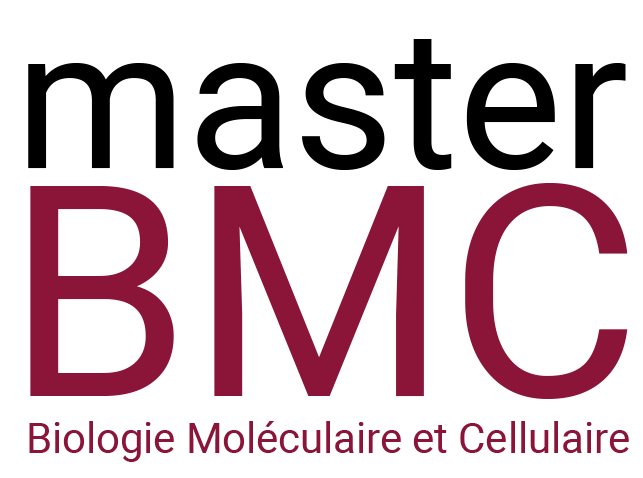Equipe d’Accueil : DyCRIC
Intitulé de l’Unité : Dynamics of Cytoskeleton dependent Responses of immune cells
Nom du Responsable de l’Unité : Florence Niedergang
Nom du Responsable de l’Équipe : Paolo Pierobon and Jérôme Delon
Adresse : 22 rue Méchain, 75014 Paris
Responsable de l’encadrement : Paolo Pierobon
Tél : 0699384996 ……… Fax : ……………………… E-mail: paolo.pierobon@inserm.fr
Résumé du projet
Immune cells like B and T lymphocytes operate in tightly packed, dynamic environments such as lymph nodes and inflamed tissues. But how do crowding, mechanical stress, or tissue deformation influence how they move, communicate, and respond to threats?
In this project, you will explore how physical forces affect immune cell function. Depending on your interest, you could study how:
● Cell density alters B cell activation in a microfluidic “mini-lymph node” setup
● Mechanical forces (like compression or stretching) trigger signaling pathways inside immune cells during synapse formation
● CAR-T cells pull on their targets (and how this force predicts their killing power in immunotherapy)
You will use live-cell microscopy and image analysis to track cell behavior in real time. Other tools may include immunohistochemistry, flow cytometry (FACS), and RNA sequencing, depending on project direction and your interest. This internship is ideal for students curious about how physics meets immunology, and how emerging technologies like organ-on-chip and mechanical phenotyping can help us better understand (and even improve) immune therapies.
Skills required: Experience at the bench and interest in microscopy and image analysis are essential.
Background in microfluidics or coding (Python/Matlab) is a plus but not mandatory.
Dernières Publications en lien avec le projet :
1. Pineau et al., Functionalized Lipid Droplets and Microfluidics Approach to Study Immune Cell Polarity In Vitro, Methods Mol Biol., 2654:345-362 (2023). DOI: 10.1007/978-1-0716-3082-4_20
2. Pinon et al., Phenotyping Polarization Dynamics Of Immune Cells Using A Lipid Droplet – Cell Pairing Microfluidic Platform, Cell Reports Methods (2022). DOI: 10.1016/j.crmeth.2022.100335
3. Pineau et al., Microtubules restrict F-actin polymerization to the immune synapse via GEF-H1 to maintain polarity in lymphocytes, eLife (2022). DOI: 10.7554/eLife.78330
4. Merino-Cortés et al., Diacylglycerol kinase Z promotes actin cytoskeleton remodeling and mechanical forces at the B cell immune synapse, Sci. Signal. (2020). DOI: 10.1126/scisignal.aba0416
5. Kumari et al., Traction force microscopy to study B lymphocyte activation, J. Vis. Exp. (2020). DOI: 10.3791/60947
6. Kumari et al., Actomyosin-driven force patterning controls endocytosis at the immune synapse, Nat. Commun. (2019).
DOI: 10.1038/s41467-019-10875-3
Ce projet s’inscrit dans la perspective d’une thèse
Type de financement prévu : Ecole doctorale
Ecole Doctorale de rattachement : BioSPC

